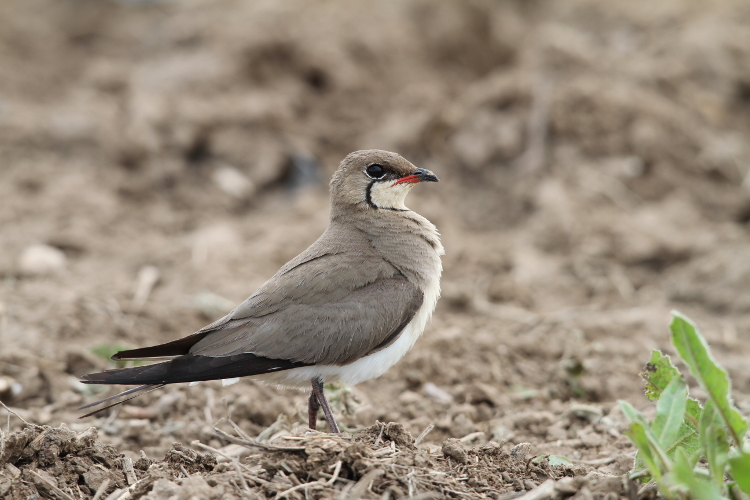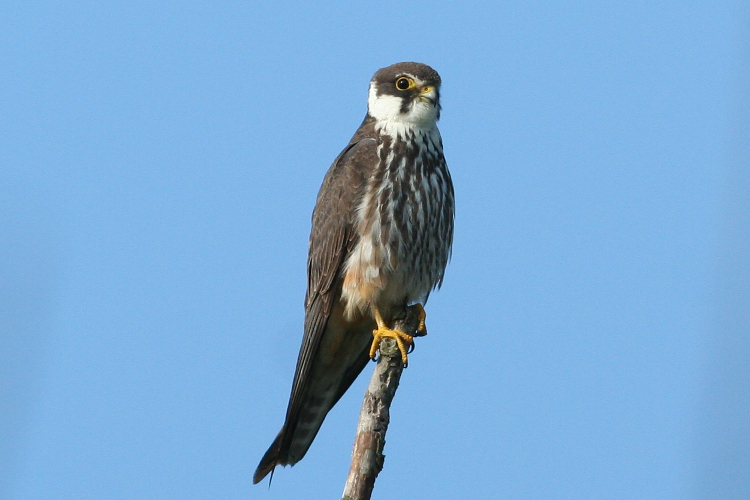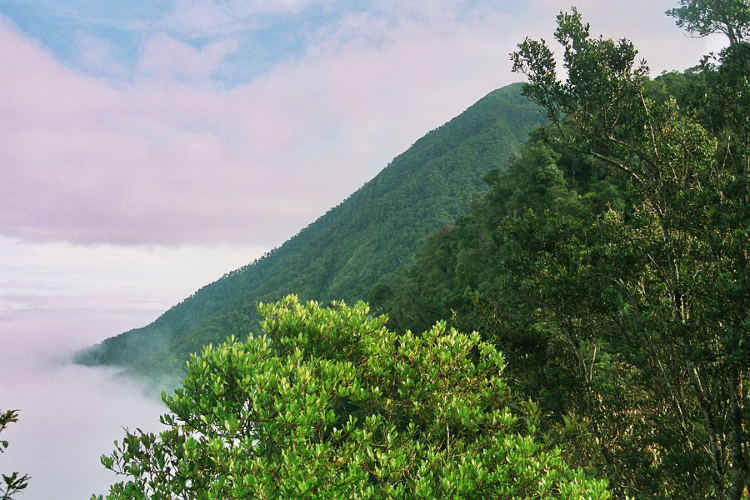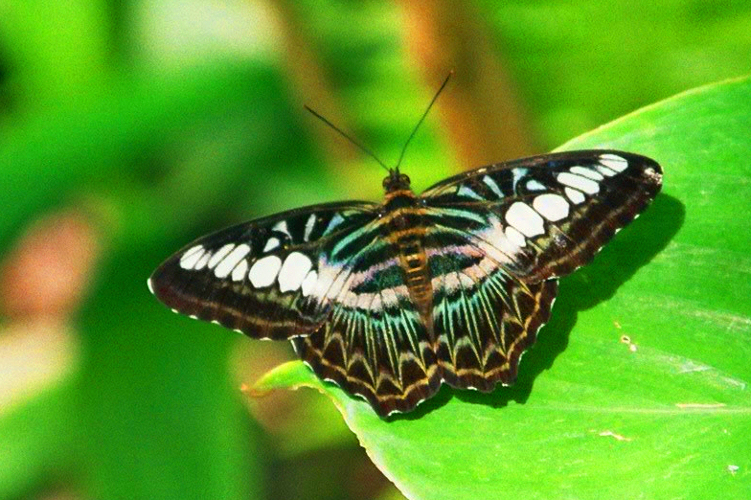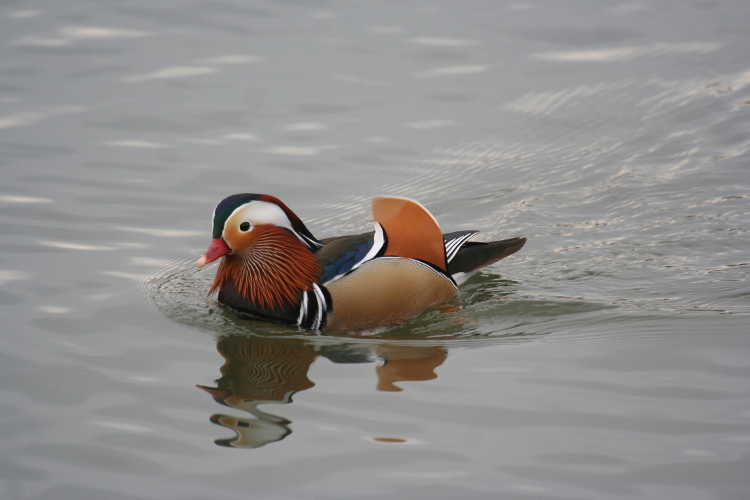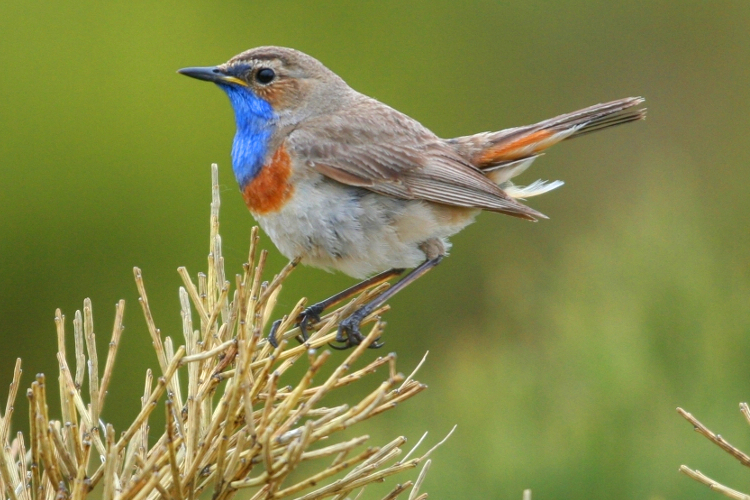LINKS



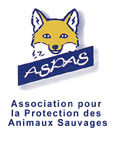

orientalbirdclub
Ayuwat Jearwattanakanok's BS
Tim Laman WildLife's WP
Festival de la photo de Montier-en-Der
National Geographic
Birds of the World
IOC World bird list
www.wikiaves.com
www.ornitho.lu
www.ornitho.ch
www.faune-grandest.org
Guislain Simard's macro-photo
jewel-beetles
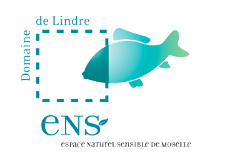




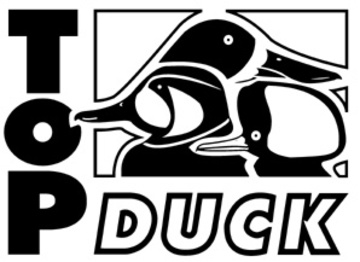
MARQUENTERRE
Besides twenty years, this field, initially built on the recuparation of old polders of bay of Somme became attraction impossible to circumvent for in love ones with nature, not only of the Picardy area and the neighbourhoods, but also of the adjoining countries and probably for visitors who come by far.
The domain is now extremely well arranged not only for the observation of the birds but also much of other activities (more information on web-site: www.parcdumarquenterre.com) official site like for accommodation. One of successes of the park comes owing to the fact that for a long time this zone became a halt privileged for the many migrating ones or birds in displacement like the spatulas and of many limicolous.
Of course, the park is famous mainly for its water birds, waders, palmiped, limicolous, plovers and gulls but it is not rare to be able to attend the panic caused by the abrupt appearance of a peregrine falcon; the falcon small landed proprietor is also present in the reserve; the park contains also a 'nursery' for the herons, the white cicogne is also present and even the ashy crane; concerning geese, the ashy crane is obviously most abundant but many other species are present in the park like the barnacle goose, it cravant (rarer) and even dwarf goose (irregular). Very many ducks are present in the park, mallard, duck chipeau, tadorne of Belon oyster, teal of winter, teal of summer, pochard, tufted duck etc… Some scarcities as the nyroca also make their appearance irregularly.
Few species of ralliidae are observable in Marquenterre apart from hen of water and of the coot, it is likely there almost no to see a crake, on the other hand the water rail (always very discrete) is present in the park.
At the limicolous ones, much of the species, most common being the avocet and the crested plover but it quasi totality of the knights of Western Europe can be there observed thus that more unusual species like the Cocorli sandpiper or the red knot.
The interest of the visit of this park is not contradicted almost at any time of the year, except perhaps during September, period of the moult for certain birds and season of opening of the shooting season; it is not very pleasant to hear continuously in the neighbourhoods of the park shootings of rifles handled by hunters.
AND IN THE NEIGHBORHOODS
Cap Gris-Nez
The 'Cap Gris Nez' (Grey Nose Cape) is located halfway between Calais and Boulogne, south of his cousin 'Cap Blanc Nez' (White-Nose Cape). It marks the narrowest passage between the coasts of England and French ones and brand thus the border between the English Channel and the North Sea. In clear weather a superb sight makes it possible to see the English cliffs and the Cap Blanc Nez. Fauna and the flora are less rich than on the Cap Blanc Nez but the site offers a superb point of observation to see migratory birds in autumn and in spring. As the 'Cap Blanc Nez', the course Gris Nez profits from recent work aiming at arranging the site, following the degradations undergone because of its surfrequentation.
Cap Blanc-Nez
The 'Cap Blanc Nez' (most septentrional of the site with cliffs in France) is less well-named that his cousin 'Cap Griz Nez', so much the advance of the grounds is less marked there but it below comprises superb visible chalk cliffs which can be admired from the beach near the little town of Escalles. It is located at about ten kilometers in the south of Calais and largely arranged and easily accessible for the trekkers. Fauna and the flora is more varied there than on the Gray-Nose Cape, the lawns limestones cover numerous species of flowers of which some rarities (orchids); however, the surge of the walkers and various activities as the garbage dumps damaged the site considerably these last years. As regards the birds, it is possible to observe several sedentary or seasonal species like the european stonechat, the jackdaw, the ring-necked pheasant (common in the area) and many gulls.
Eventually, with a good pair of binocular you will be likely to sight Cetacea or seals with the broad one.
Marais d'Ault
The reserve of the marshes of Ault (marais d'Ault, Hable d'Ault) is located between the city of Le Treport and the estuary of the Somme; the site is shared between bird sanctuary and hunting reserve (autumn and at the beginning of winter), normally practicable starting from the beginning of February. Though the site does not shine particularly by its aestheticism, it covers several species of birds like gray partridge (abundant in the area) and several species of water birds (ducks, limicolous, etc). The landscape of wet meadows seems to be appropriate particularly for the short-eared owl which is often present at the low season.
